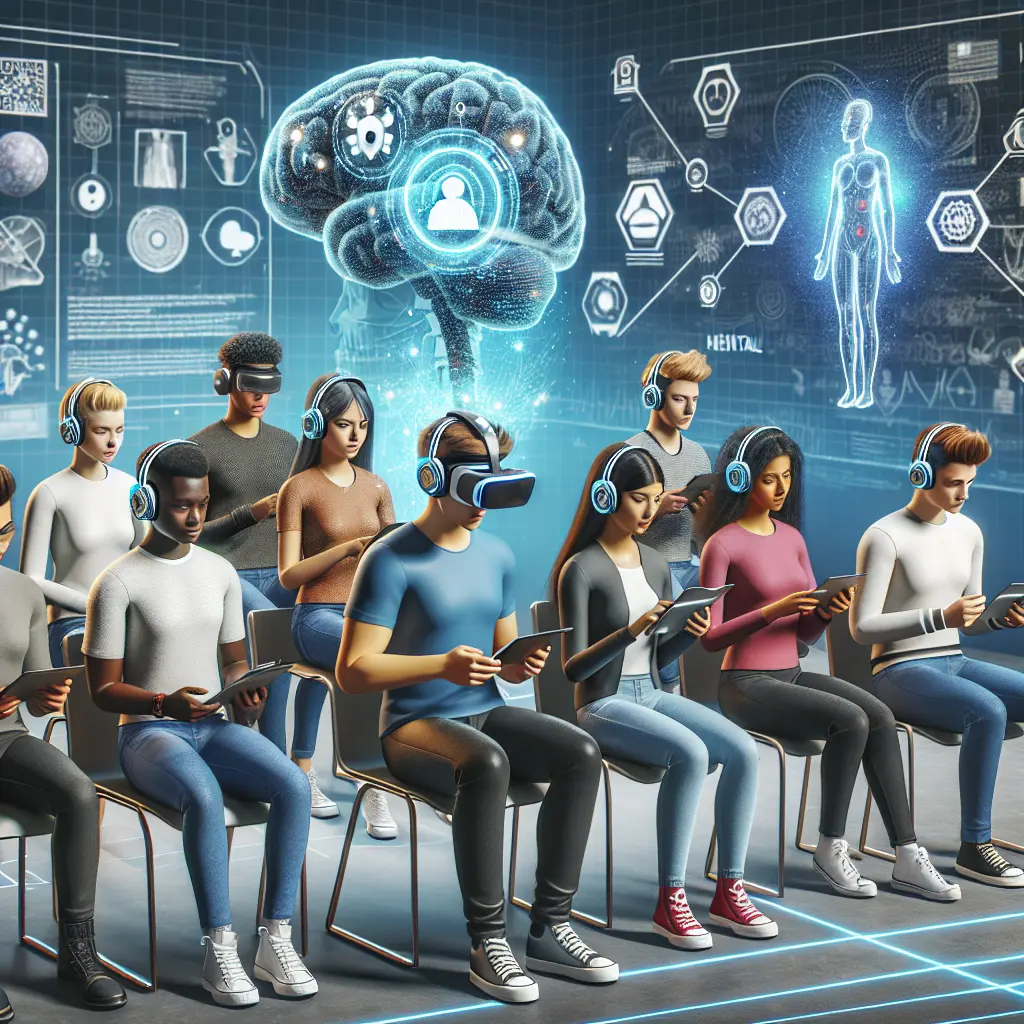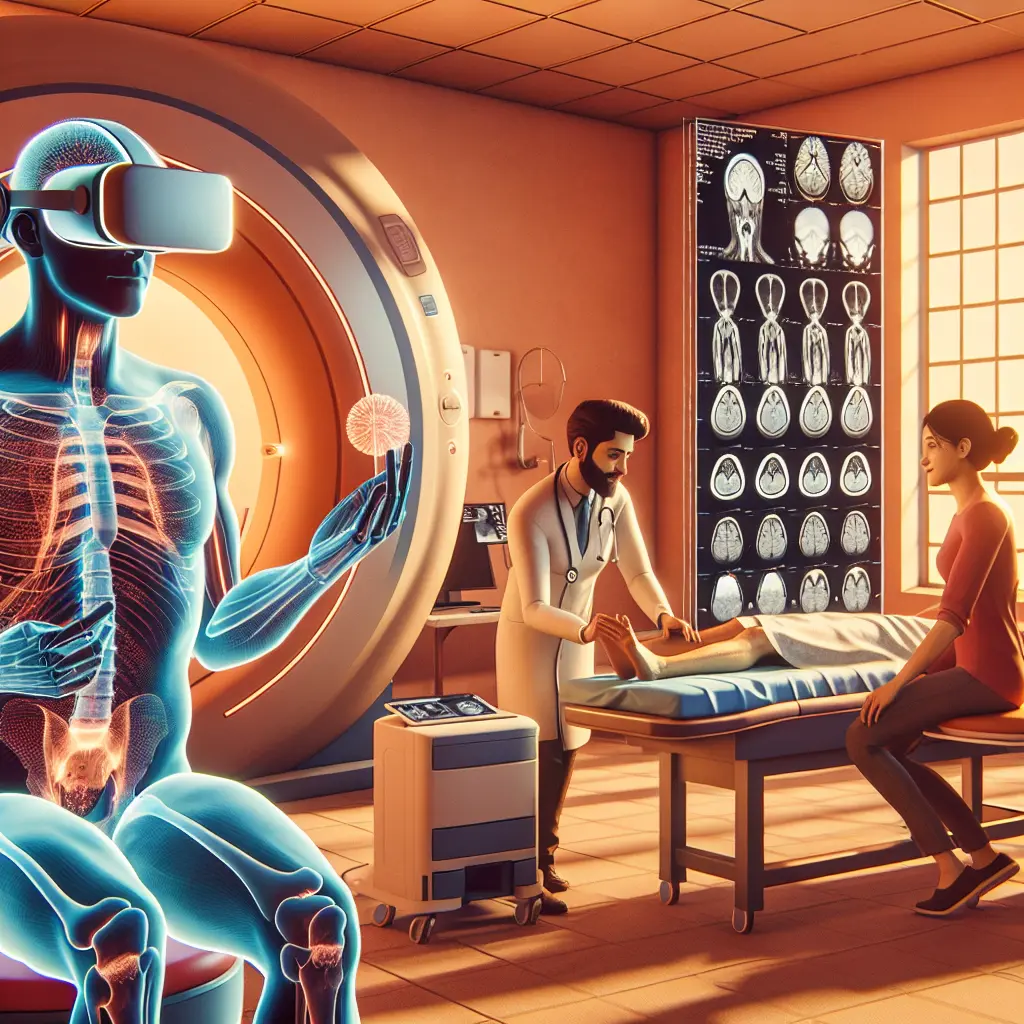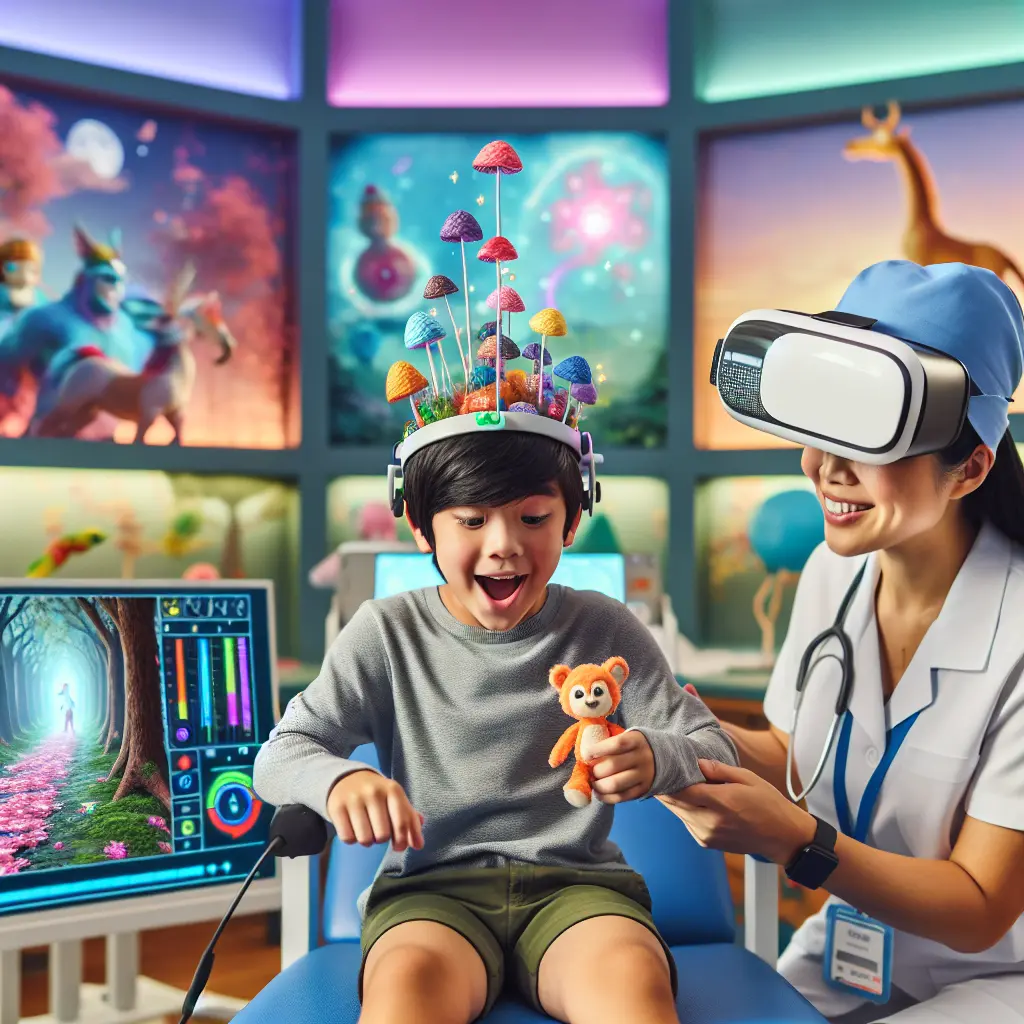Virtual reality is not just for gamers anymore; it's revolutionizing the field of physical rehabilitation, offering promising outcomes for patients recovering from surgeries like anterior cruciate ligament reconstruction (ACLR).
In recent years, the medical community has increasingly embraced virtual reality (VR) as an innovative tool for rehabilitation. A systematic review and meta-analysis conducted by researchers Chao Du, Nei-Meng Gu, Tian-Ci Guo, and Ai-Feng Liu delve into the efficacy of VR balance training in patients recovering from ACLR. This cutting-edge study highlights how VR can transform rehabilitation processes, providing not only improved physical outcomes but also enhanced patient engagement.
Understanding ACLR and the Role of VR in Rehabilitation
The anterior cruciate ligament (ACL) is a critical stabilizer in the knee joint, and injuries to this ligament often require surgical reconstruction. Post-surgery, patients face a long and challenging rehabilitation process to regain strength and balance. Traditional rehab methods can be tedious and lack engagement, which is where VR steps in as a game-changer.
VR balance training uses immersive environments to make rehabilitation exercises more engaging and interactive. Patients can experience a virtual world where they practice balance tasks that are crucial for knee stability. This immersive experience not only motivates patients but also provides real-time feedback, aiding quicker recovery.
Key Findings from the Study
Improved Balance and Stability: The systematic review concluded that VR balance training significantly enhances balance and postural control in patients after ACLR. This improvement is pivotal as it reduces the risk of re-injury and aids in regaining confidence in daily activities.
Enhanced Engagement: The use of VR in rehabilitation keeps patients more engaged compared to conventional methods. The interactive nature of VR exercises encourages consistency and dedication, which are essential for successful recovery.
Faster Recovery Times: Patients who participated in VR balance training showed quicker recovery times, allowing them to return to their daily activities sooner. This efficiency is beneficial both for the patient's quality of life and healthcare systems aiming to optimize resource use.
Benefits of VR in Rehabilitation
Conclusion
Personalized Rehabilitation Programs: VR technology allows for customization of rehabilitation programs tailored to individual patient needs, ensuring optimal outcomes.
Real-Time Feedback: Patients receive immediate feedback on their performance, enabling them to adjust their movements and improve faster.
Safe Environment: VR offers a controlled environment where patients can practice movements without the risk of physical harm, crucial during the early stages of rehabilitation.
Virtual reality therapy is proving to be a transformative tool in the field of rehabilitation, particularly for patients recovering from ACLR. By enhancing engagement, improving outcomes, and shortening recovery times, VR holds the promise of elevating traditional rehab practices to new heights.
For more detailed insights into this groundbreaking study, you can access the full article here.










Leave a Comment